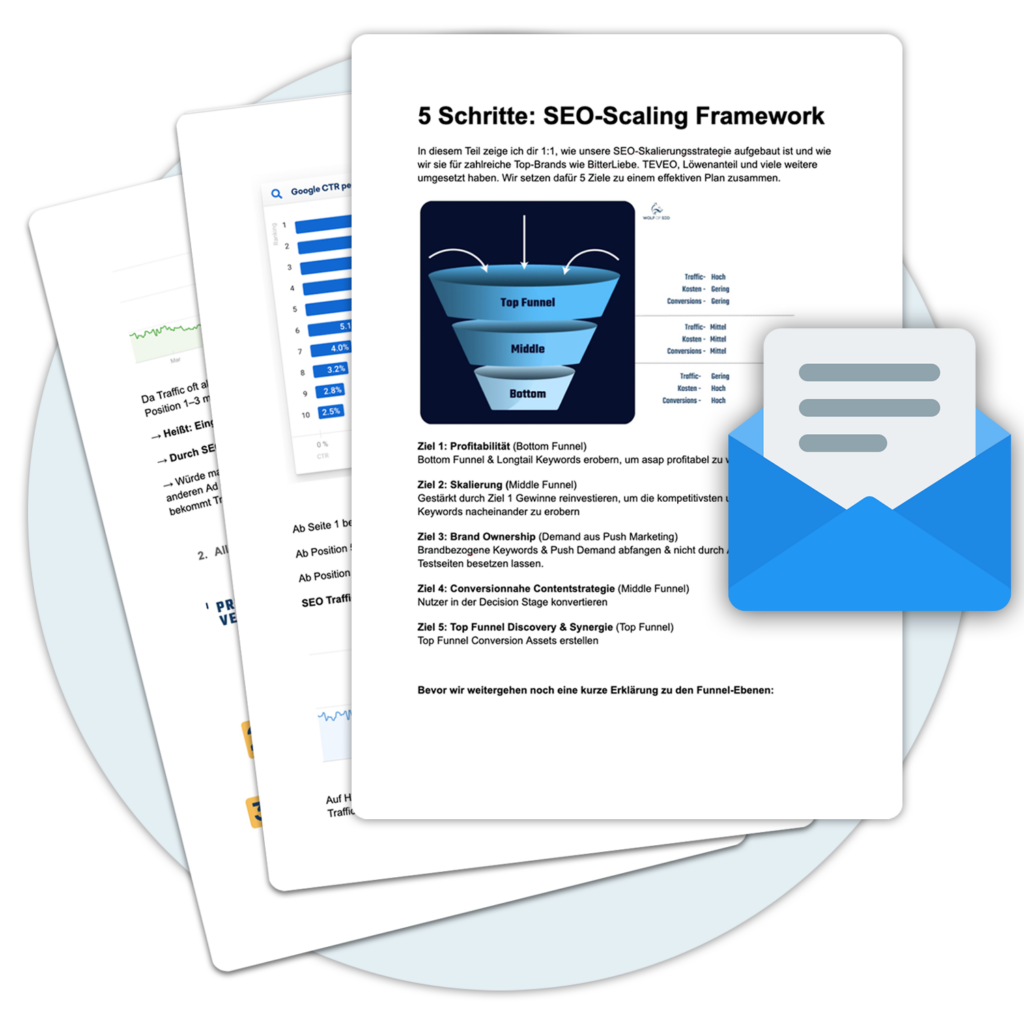Definition
At contextual targeting is about placing advertisements based on the content of a website or the search terms entered by users. The goal is to place ads in a thematically relevant environment so that the probability increases that the target group will show interest in the advertising.
How does contextual targeting work?
- Keyword-Analysis: First, relevant keywords or phrases are identified that are related to the advertised product or service.
- Content analysis: Modern algorithms and technologies scan the content of web pages and determine the main topic of the page. These algorithms can analyze text, videos, images and even the context in which words are used.
- Ad Matching: Based on the content and Keyword-Analysis is then used to decide which ad best fits the content of the page. For example, if someone reads a blog article about "best hiking boots", an ad for hiking boots could be displayed.
How can I apply contextual targeting?
- Clear objective: Determine which audience you want to reach and what action you expect them to take (e.g. buy, sign up, click).
- Keyword-Create list: Write down all relevant keywords that have to do with your product or service. The more specific the keywords, the more accurate the targeting can be.
- Choose advertising partner: There are various platforms and networks that contextual targeting offer, e.g. Google Ads. Choose a partner that fits your budget and goals.
- Create ads: Design appealing and relevant ads. Keep in mind that the ad should match the content of the web page it is displayed on.
- Monitoring and optimization: Monitor the performance of your ads. Which keywords bring the best results? Where is there still potential for optimization?
Advantages
Contextual targeting offers a variety of benefits that make it attractive to advertisers. Among the biggest benefits are higher click-through rates, higher ROI, better conversion rates, and more accurate audience analytics. It is also a more efficient and cost-effective way of advertising, as it creates ads instead of commercials, and the cost of creating and publishing these ads is significantly lower.
Disadvantages
Contextual targeting also has some disadvantages that can influence the decision of whether it is suitable for a particular business. Key drawbacks include the short-term nature of targeting, meaning it can be difficult to achieve longer-term campaign goals or results; the potential problems of matching the ad to a specific user; and the fact that the ad may have a lower Range can have than other types of advertising because it is tailored to specific groups.
Use cases
Contextual targeting can be used for a variety of use cases, including building brand awareness, increasing conversion rates, reaching specific audiences, and generating Traffic on specific pages. It's especially useful for companies that have a clearer idea of which audiences they want to reach, and it can also help reduce the cost of advertising, as companies can choose the audiences to which ads are directed.
Examples
- Travel blogs and travel deals: Imagine you're reading a blog article about the "Top 10 Sights in Rome." As you scroll through the article, an ad for a hotel in Rome or discounted airline tickets there pops up. This is where the Article content combined directly with a relevant advertising offer.
- Online recipes and kitchen tools: You are on a website that shows a recipe for homemade pizza. Next to the ingredients and instructions, you see an ad for a pizza stone or a special pizza dough roller. The product in the ad complements the Recipe context and speaks directly to the reader in his or her current situation.
- Sports news and sports articles: A user is reading an article about the last marathon. While reading, he gets an ad for running shoes or special running clothes. The thematic proximity of the article to the advertised products increases the likelihood of purchase interest.
- Forums for car enthusiasts and car accessories: A user participates in a discussion about winter tires in a car forum. While reading the posts, he is presented with an ad for an online tire retailer or a discount code for his next tire purchase. Through the direct reference to the topic of discussion the display becomes particularly relevant.
- Film review and streaming service: A user is looking at a review of a current movie. At the end or to the side of the article, he is shown an ad from a streaming service that has exactly this movie on offer. The Connection of current interests (read movie review) and a suitable offer (stream movie) is the key element here.
In summary it can be said that contextual marketing aims to present ads in a direct, relevant environment. It's all about getting the momentary context of the user and to make him offers that fit this situation exactly. This not only increases the Relevance of advertising, but often also the Conversion Rate.
Conclusion
Contextual targeting is an effective method of placing targeted advertising in a relevant environment. Especially in times of increasing data protection requirements, it offers a good alternative to other targeting methods. With the right strategy and continuous optimization, it can become a valuable addition to your Online Marketing-mixes.
« Back to Glossary Index







